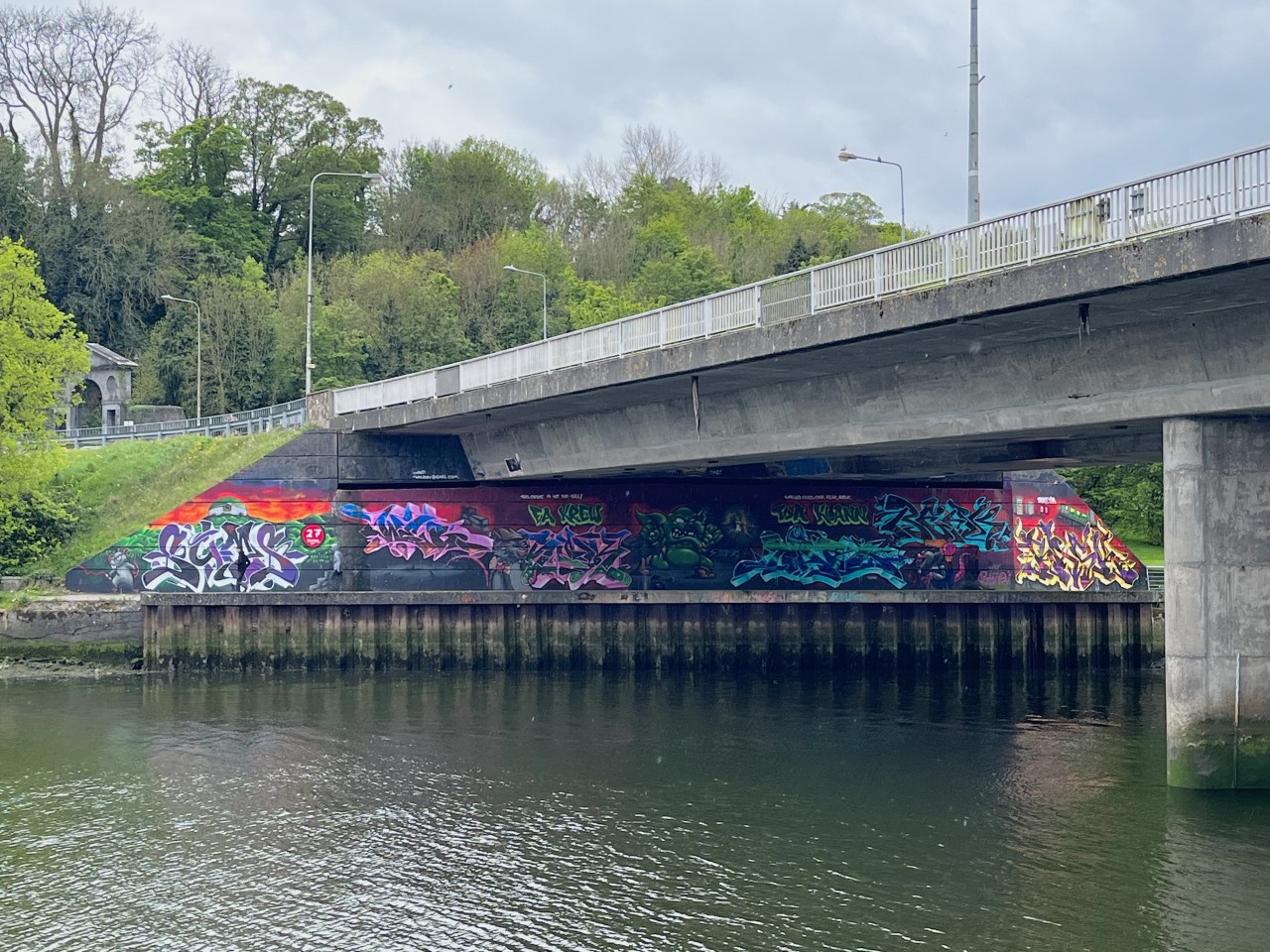Metropolitan Pride and Municipal Prejudice: An examination of local urban art in Drogheda and Dundalk.
Irish urban art has been studied previously, primarily in terms of composition, context and expertise. This thesis explores how urban art is utilized as a tool by local authorities in order to communicate themes of pride and local representation, examining Drogheda and Dundalk as case examples. I argue that the tensions of urban art between Dundalk and Drogheda in Co. Louth reveal a number of issues regarding local authority project management.
Research demonstrates that urban art has a positive impact on the local community, including local pride, social inclusion and an overall sense of local representation, among other aspects. Contrarily, urban art is often argued as a negative symptom of urban life due to the fact that, much urban art, especially that outside of cities is often unpermitted. Research of Irish urban art projects managed by local authorities such as, Waterford Walls, reveals the art form is vital in increasing both civic pride and urban aesthetics within municipal districts.
Through semiotic and comparative analysis with international urban art projects, this study reveals the potential of local urban art as symbols of local representation within regional areas. Drawing on Christoph Lindner and Miriam Meissner’s concept of “slow art” and it’s role as a form of resistance and Cameron McAuliffe’s writing regarding the re-evaluation of urban art, I analyse a series of urban art projects, which reveals the role of the local authorities and their attitudes towards urban art.
In its ability to resist cultural, economic and political climates, urban art is often exploited by local authorities, simultaneously contributing to gentrification in its area. This thesis questions whether the segregated management of both town’s urban art by Louth County Council should be reconsidered, with conclusions suggesting that the towns function either as independent entities, or as a collaborative group. The findings of this thesis reveal the urban art in the region ultimately represents civic pride in public spaces despite issues regarding the favouring of highbrow urban art, allocation of funding and poor project management.

